BOARD 11 - IN THE BEEHIVE
The beehive is the name given to the dwelling or "nesting cavity" together with the honey bee colony inside. The beekeeper refers to the beehive alone as the "hive". Inside the hive are wooden frames prefabricated by the beekeeper, where the bees build the hexagonal honeycombs with their wax glands. These honeycombs (or cells) are also called "knitted fabric(s)" among beekeepers. The beehive is then sealed with propolis. The workers store the nectar, pollen, honey, and water in the honeycombs, while the queen lays the eggs (also called "pens" by beekeepers) in her own brood cells. Without the help of beekeeping, honey bee colonies would not survive today.
The Seefeld Region Beekeepers' Association has set up a show beehive for you here, complete with a busy colony of bees! Approach carefully and open the little doors so that you can watch the 50,000 or so bees at work. Please don't knock on the glass, as this frightens the bees! Can you recognize the workers and maybe even find the queen? Please close the doors again quietly and carefully so that the bees are not disturbed unnecessarily!
Always busy
As the honey stores of the colony are located at the edge of the comb and the heated brood nest (approx. 36°C) is in the middle, the bees responsible for heating must be supplied with energy, i.e., food. On hot days, however, the hive also needs to be cooled - for example, by evaporating water that has been brought in.
Flying guardians: The beehive entrance game!
A beehive with strict gatekeepers! Keep an eye on the entrance hole of the beehive: Can you recognize the guard bees? Count and keep track of how many bees fly in and out in just 10 seconds.
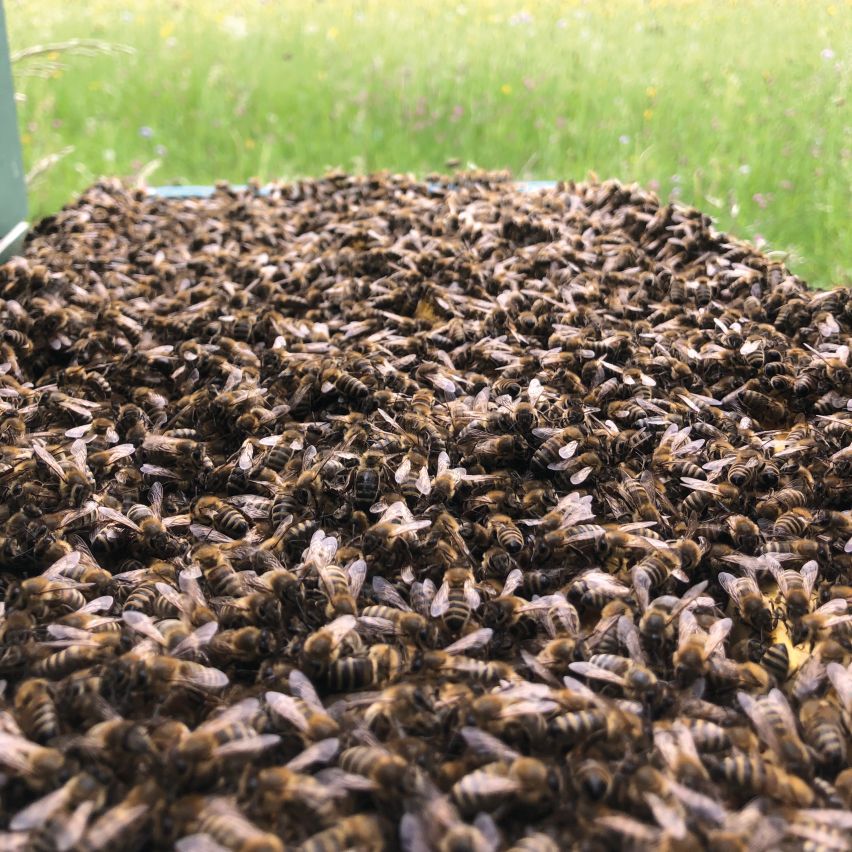
A LOOK INSIDE THE HIVE
The life cycle of a worker bee
At the beginning of its life, the young bee feeds the larvae and warms the brood. Later, she takes over the nectar from her colleagues and stores it as honey. The pollen is preserved by fermentation and stored. Builder bees produce wax in special glands and secrete it. Other bees use it to build honeycombs. Even before it flies out for the first time, the bee guards its hive and protects it from intruders. In the last stage of its life, the bee collects nectar, pollen, water, and propolis on countless flights. Then it dies.
A TRIO OF COOPERATION
The three types of bees
Three different types of bees live in a bee colony: the queen, the drone, and the worker. The queen manages the colony with the help of pheromones. Since she is the only bee capable of producing offspring, she is fed by her workers, especially the nurse bees, with a special food called royal jelly. However, it is important to note that none of the three bees can survive on their own for long - the colony depends on cooperation.
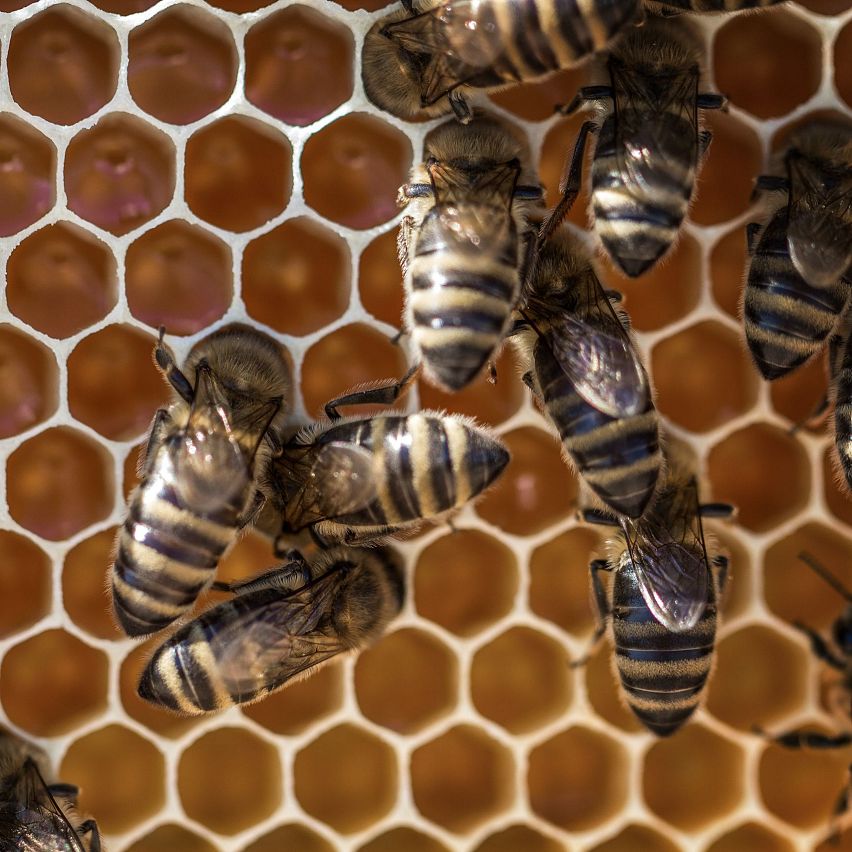
THE BACKBONE OF THE HIVE
The worker bee
The worker bee is an unfertilized female. She provides the queen and the drone with food and performs many tasks in the hive. In summer there can be up to 50,000 individuals, making her the most common bee in the hive - in winter there are around 10,000 to 15,000 per colony.
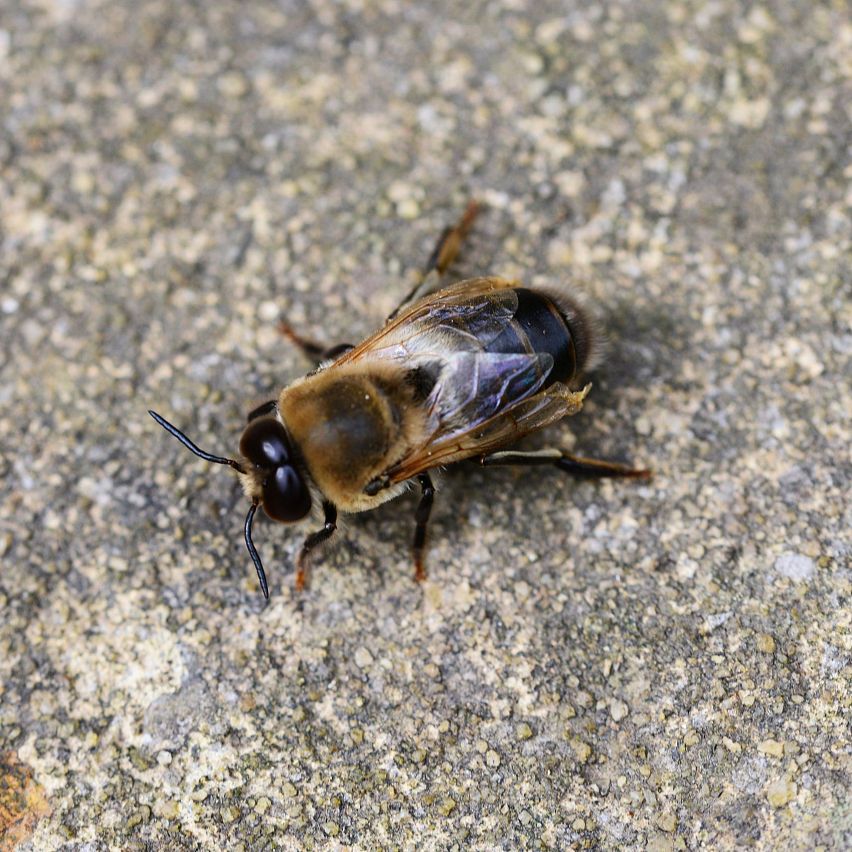
THE NOBLE PROTECTOR
The drone
The drone has large compound eyes and performs no other tasks in the colony apart from mating with the queen. It has no stinger - so it cannot sting. Until the drone battle, when the workers prevent the drones from returning to the hive, 500 to 1,000 of these male bees can live there.
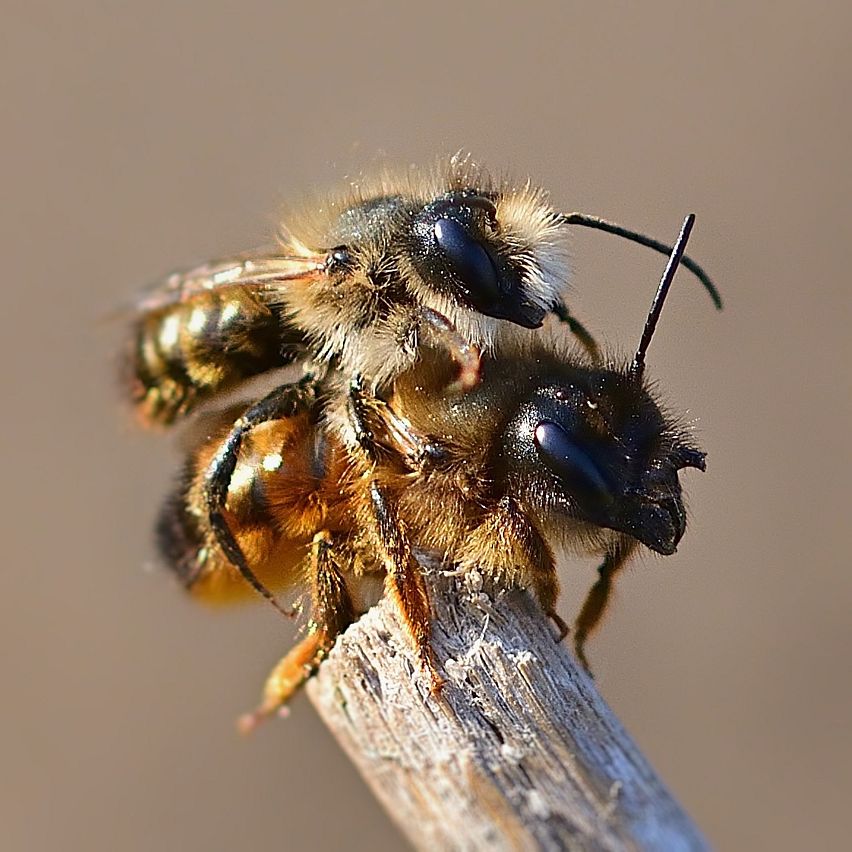
THE RULER OF THE BEE KINGDOM
The queen
The queen is the largest bee being. There is only one queen per colony. She can be recognized by her elongated abdomen. She lays up to 2,000 eggs a day, also known as pens because of their shape. She can live up to 5 years.
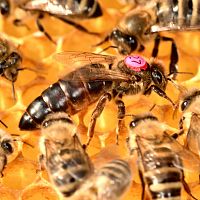
To make it easier to find the queen in the hive, she is marked with a colored dot on her back. There are five uniform colors worldwide: in 2024, for example, it is green.
MATING AND REPRODUCTION IN FLIGHT
The wedding
The queen and the male bee meet on the so-called "wedding flight". There, the queen meets about 15 to 30 drones for the so-called "mating " and collects enough sperm for up to 5 years. However, there is no honeymoon, as each drone dies after mating.
After returning, the queen can lay eggs and the younger workers are just waiting to look after them - and later the larvae - in the combs. The eggs grow into larvae and then become pupae. It takes about 21 days until the egg finally becomes a worker after metamorphosis (transformation).